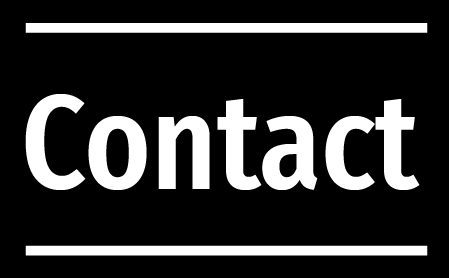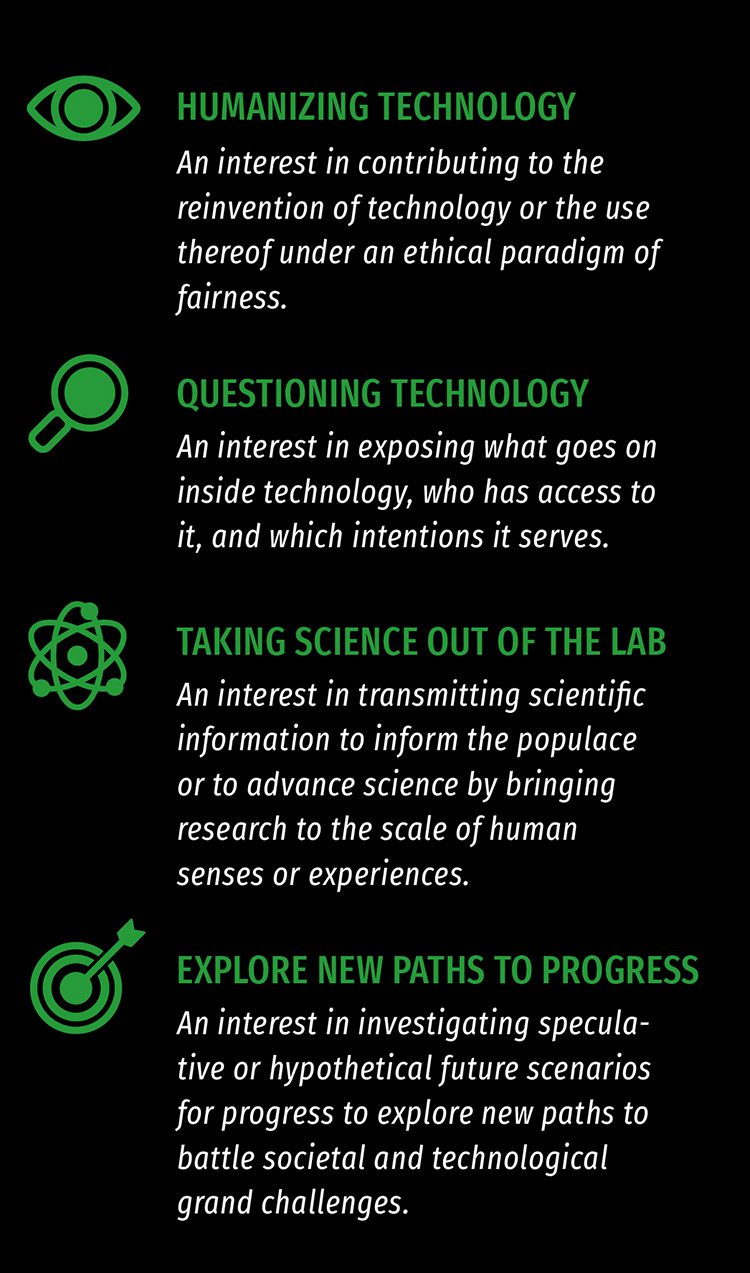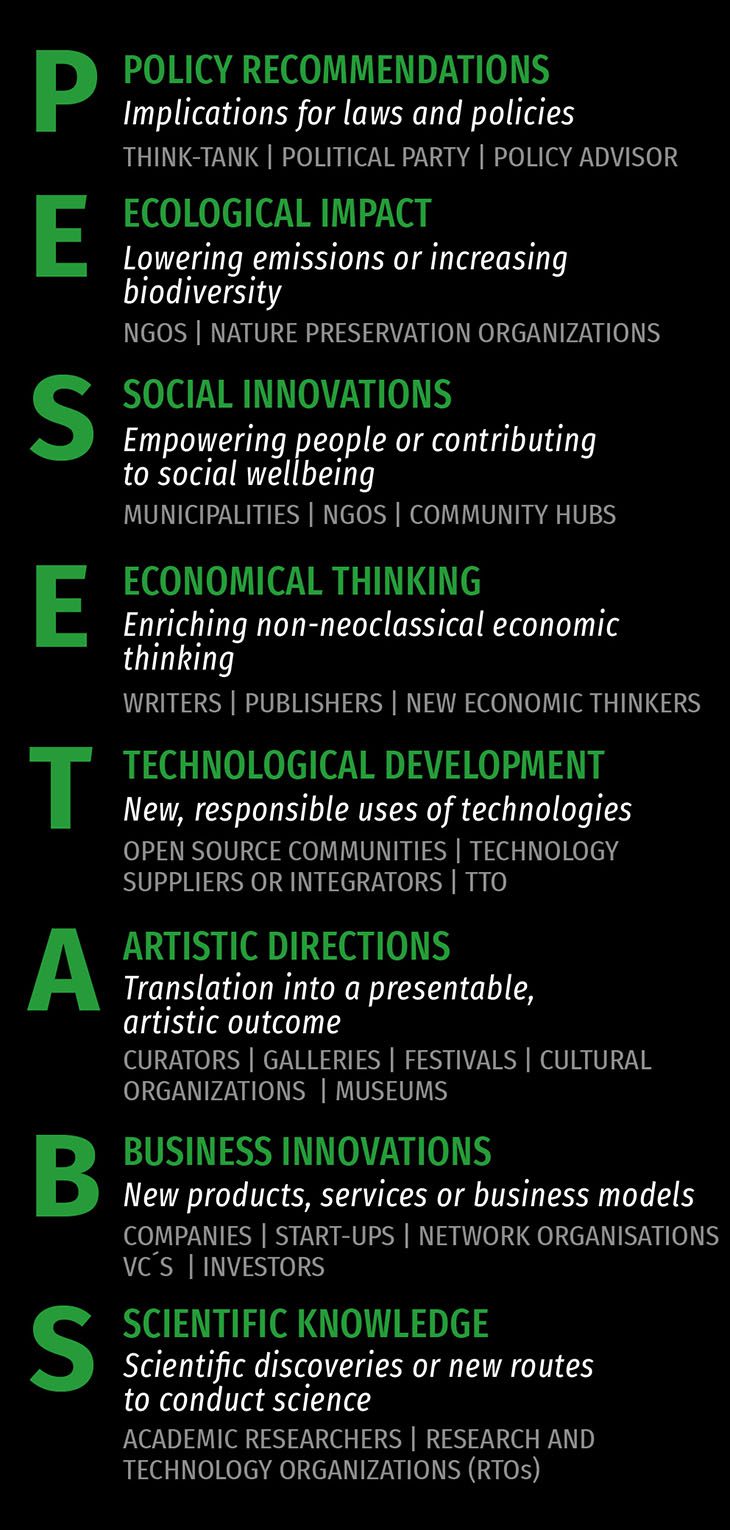In this new publication, the concept of art-driven innovation and the methodology developed by In4Art founders, Lija and Rodolfo Groenewoud van Vliet, is enriched with the PESETABS diffusion model to analyse the outcomes of art-driven experiments, and diffuse the responsible innovation value that resides within them.
PESETABS diffusion model
Through guided analysis, it explores eight directions for spill-over potential, where future impact can be created, and matches them to an ambition. The directions include policy, ecology, society, economy, technology, art, business, and science.
It consists of three stages to analyse the underlying focus of the art-driven experimental project. It starts with analysing the project along two lines: systemic and thematic. The systemic line focuses on the domain: on the context, relationships, and dynamics surrounding the project. The thematic line focuses on the theme, message, and purpose of the project. Secondly, the experiment should be analysed, hat surprising outcomes did it entail? The last step involves identifying the spill-over potential of the project. This involves exploring the eight directions of the PESETABS diffusion model and matching them to an ambition. For instance, an experiment focused on healthy aging might have spill-over potential in policy, society and science. In contrast, an art-driven experiment on plastic recycling may have spill-over potential in society, business, and technology. The final step involves creating an action plan to capture the value of the art-driven experiment.
“A way of thinking and working, where reflecting on what future(s) we want, challenges we address, and values we anchor are the ingredients to realize responsible innovation through artistic experimentation”
In conclusion, art-driven innovation is a methodology that helps individuals to understand how artistic experimentation can create value, strategize for the diffusion of knowledge, ideas, and propositions, and find and pursue surprising, creative experimental outcomes. It is an approach that supports radical, system-changing perspectives and ideas, needed for responsible and sustainable futures. Through artistic experimentation, the future can be envisioned and built, and long-term visions on how to restore balance incorporated into present-day strategic decision-making.
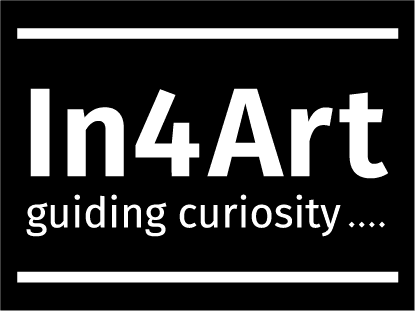
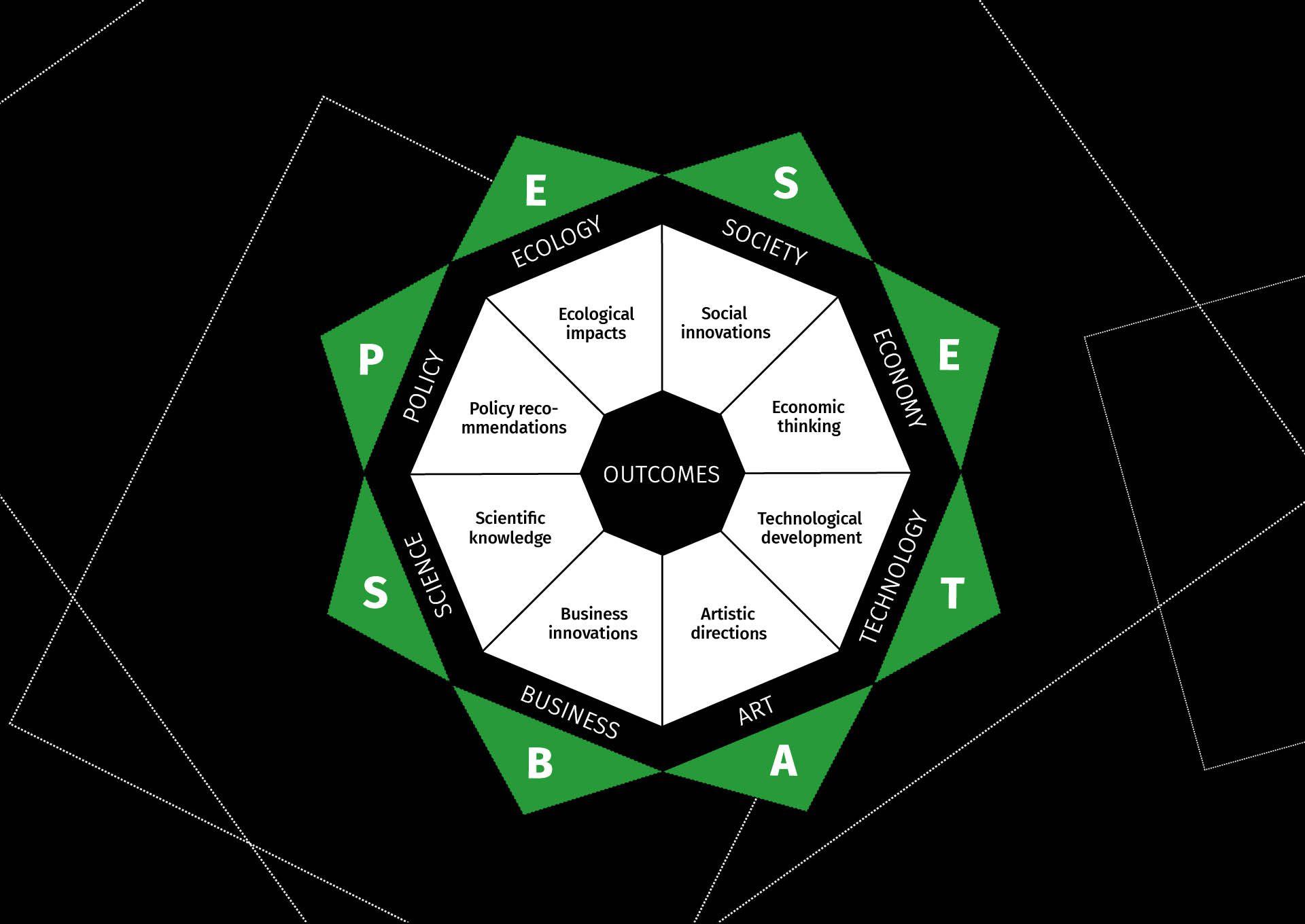
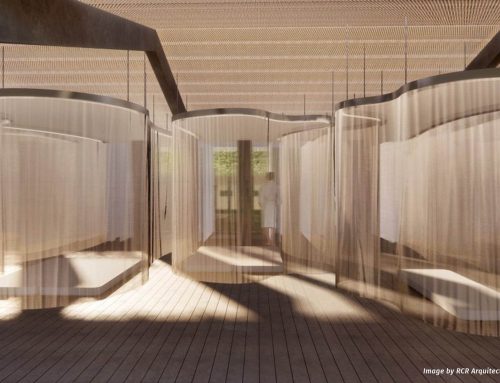
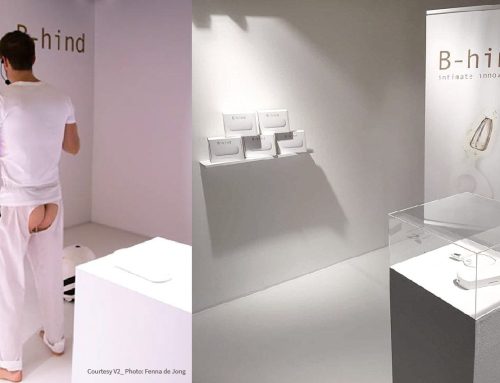
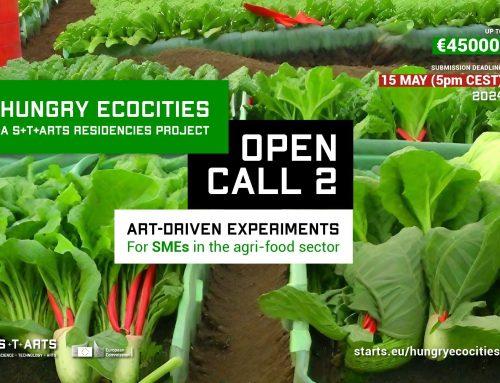
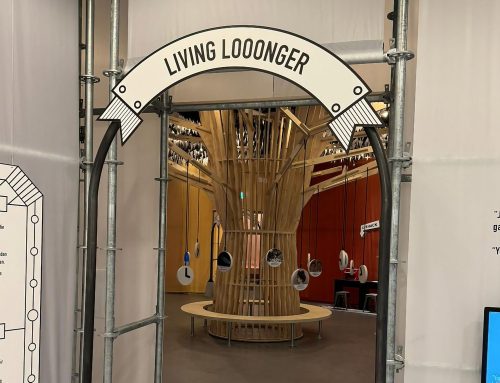
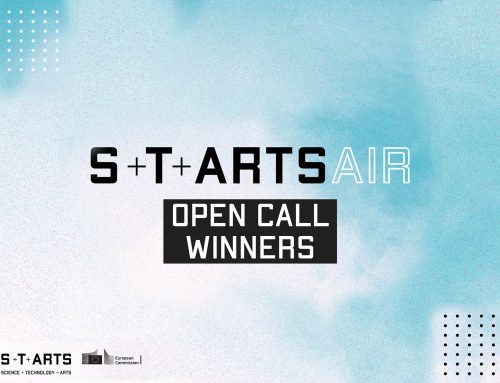
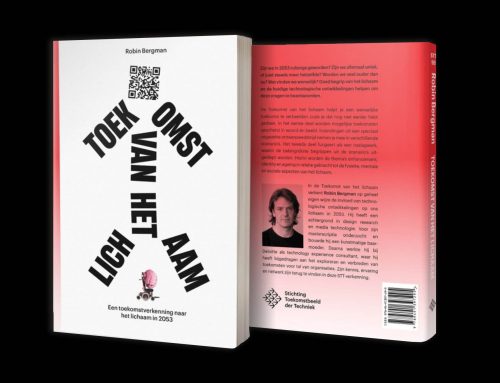
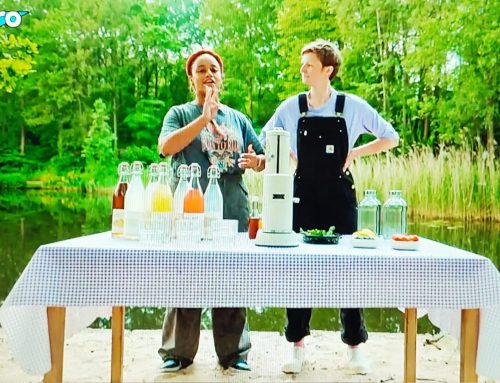
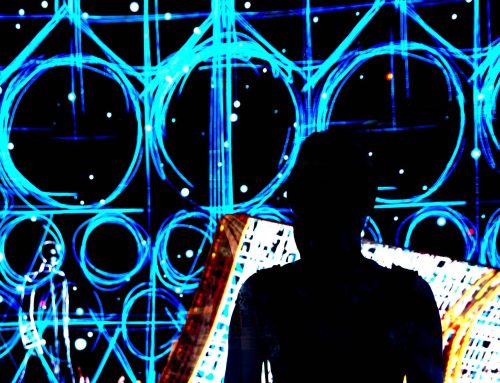
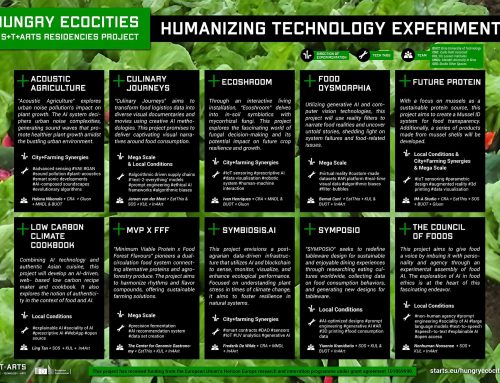
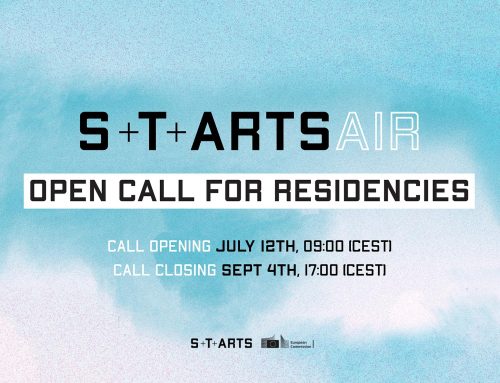
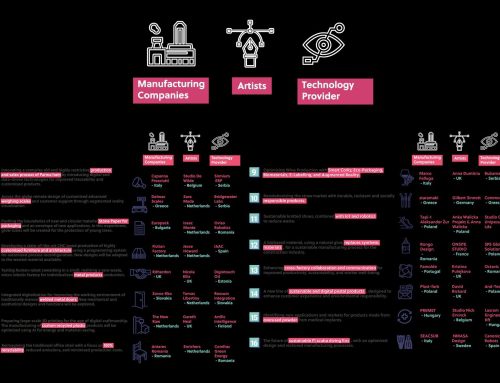
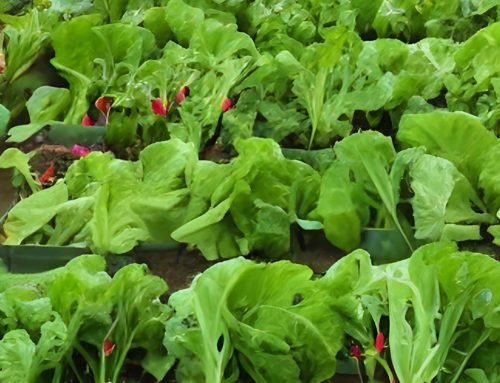
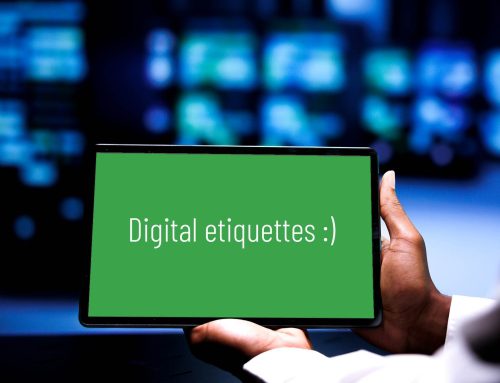
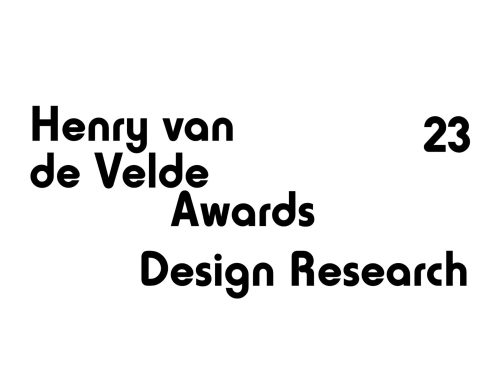
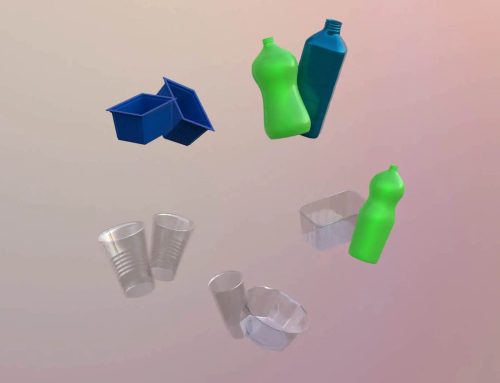
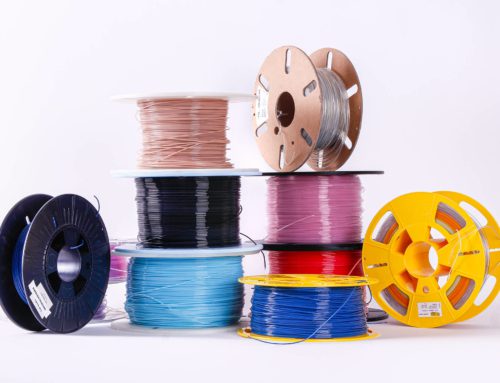
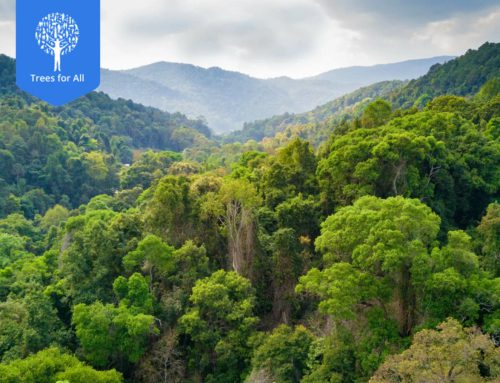
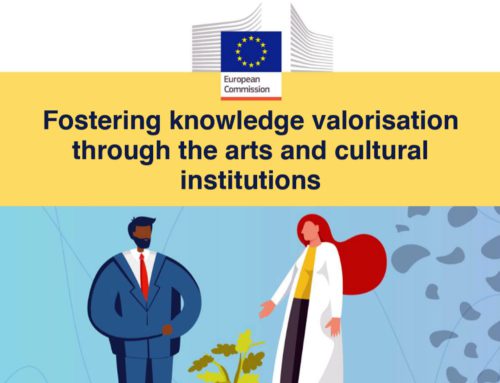
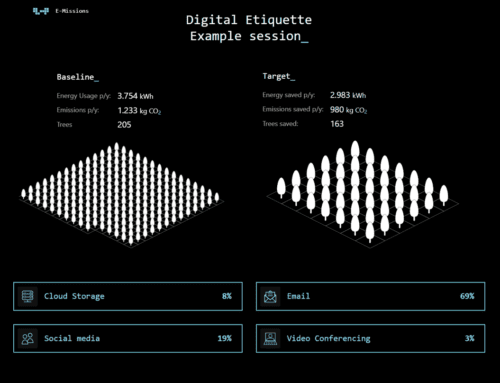

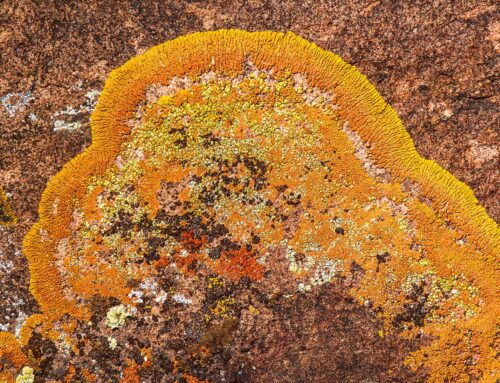
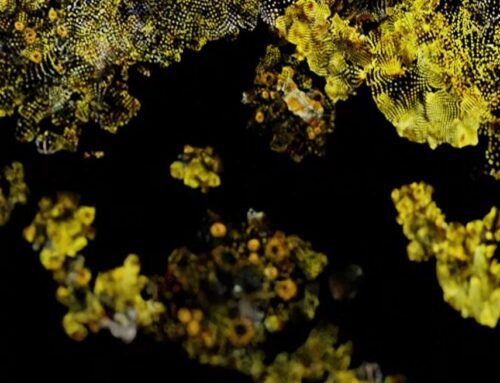
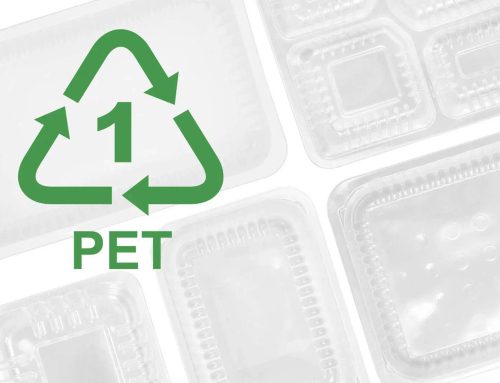
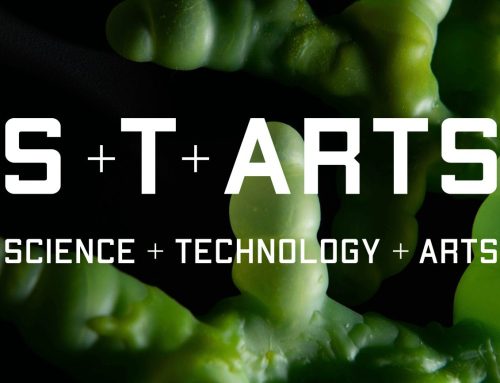


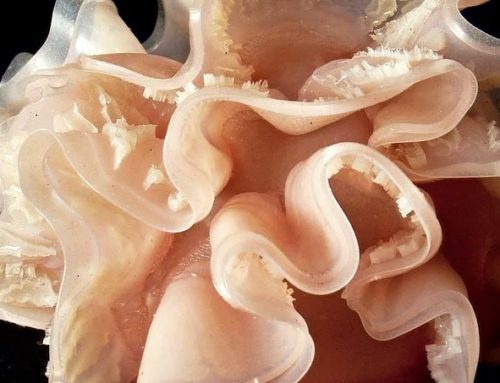
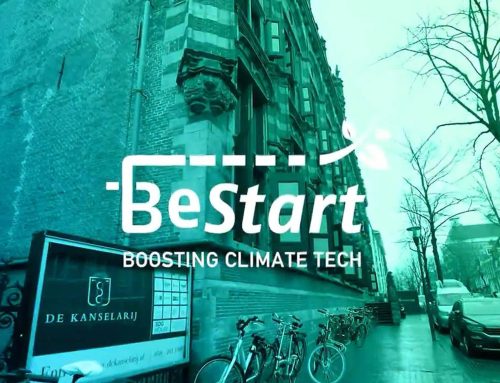
![Get ready to experience Transnational Activation of Simultaneous Touch [TAST] – 19 May 2022 – 22 May 2022 at V2_ in Rotterdam](https://b2035236.smushcdn.com/2035236/wp-content/uploads/2022/04/TAST-Marnix-de-Nijs-500x383.jpg?lossy=1&strip=1&webp=1)
